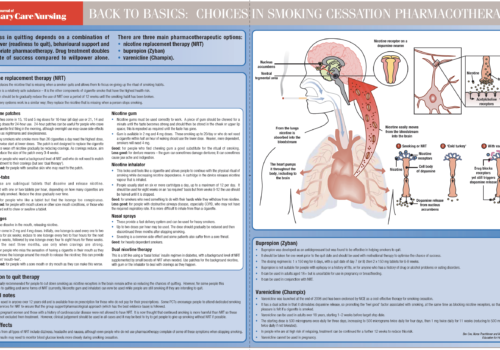What are the health benefits of walking,and how much should we walk and how often? In this article,we review the evidence on the impact of walking on health, the latest recommendations on walking,how to overcome barriers to walking,how to motivate our patients to start walking and how to keep it going.

























